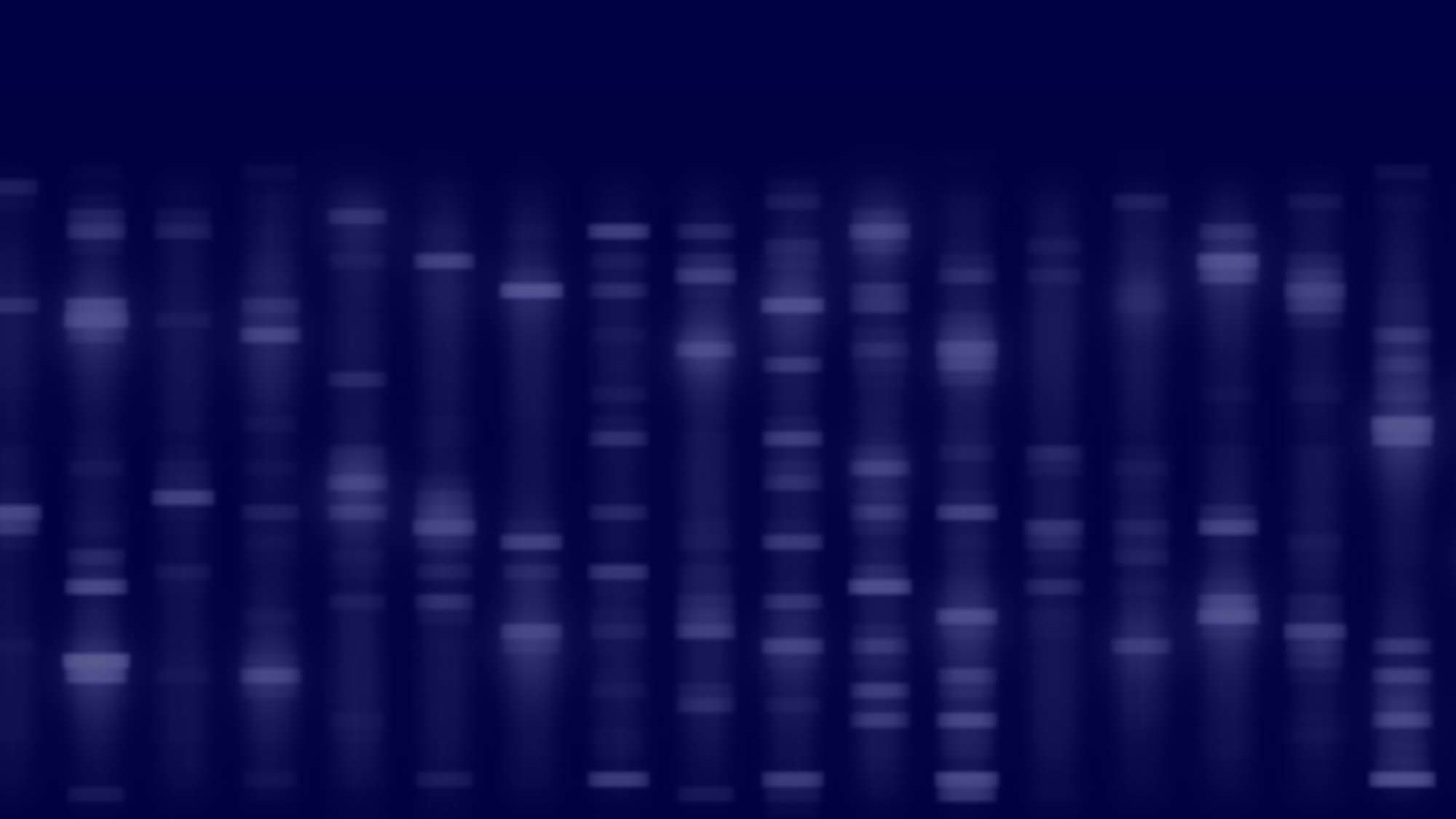Developmental and Reproductive Toxicology

Developmental and Reproductive Toxicology (DART) Services
Pharmaron provides developmental and reproductive toxicology (DART) services to evaluate agents for the life sciences industry. The DART team offers a comprehensive set of studies to evaluate developmental and reproductive toxic potential. They also offer customized study designs, such as ePPND.
DART Study Designs:
- Fertility and early embryonic development
- Embryo-fetal development
- Perinatal and postnatal development
- Prenatal developmental toxicity
- One-Generation reproduction toxicity
- Two-Generation reproduction toxicity
- Reproduction/developmental toxicity screen
- Extended one-generation reproductive toxicity
Capabilities

Segment I Study Designs
- Maturation of gametes
- Mating behavior
- Fertility
- Pre- and post-implantation development
- Sperm analysis

Segment II Study Designs
- Maternal toxicity
- Embryotoxicity
- Fetotoxicity
- Teratogenicity (fetal external evaluation, fetal soft tissue evaluation, fetal skeletal evaluation)

Segment III Study Designs
- Development landmarks
- Sensory functions
- Motor activity
- Learning and memory
- Reproductive function


